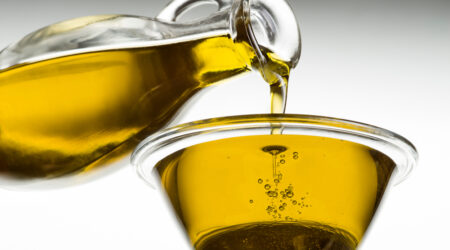All You Need to Know about Cruises on the Danube
The Danube is Europe’s second largest river. It flows from west to east, originating in Bavaria in Germany and flowing into the Black Sea by the Romanian coast. A European riverboat cruise in the Danube will mostly include stopping at some of the spectacular cities like Vienna, Budapest, Munich, and Prague. Danube-only river cruises go both upstream and downstream and a typical three-day cruise will encompass Budapest to Vienna, whereas a seven-night cruise will mostly run between Nuremberg and Budapest.

The Danube River cruises are often combined with other waterways like the Main-Danube Canal, the Main River, and the Rhine River. A few of the cruises include the river Moselle and the Dutch and Belgian waterways. They are classified as Western and Eastern Danube cruises. Western Danube cruises start from Budapest and Germany and the reverse. Eastern Danube Cruises start from Bucharest to Budapest. Both are equally popular and cover a lot of destinations full of historic importance and scenic beauty.
Popular destinations covered by a European riverboat cruise on the Danube
The cruises usually pass through Austria, Bulgaria, Croatia, Germany, Hungary, Moldavia, Romania, Serbia, Slovenia, and Ukraine. Popular river ports that are covered in the itinerary are:
- Germany: Regensburg and Passau, Nuremberg
- Austria: Linz and Vienna
- Slovakia: Bratislava
- Hungary: Budapest
- Bulgaria: Vidin
Itineraries that you can choose from on a Danube river cruise holiday
The itineraries vary depending on whether the cruise is only on the Danube or is combining with other waterways like Main-Danube Canal or The Rhine. Here are some commonly followed itineraries by most cruise organizers:
- Seven-day Danube cruise
This cruise travels the length of Danube starting in Passau. By the end of the cruise, you will have traveled to Austria, Vienna, Hungary, and Slovakia. The onshore activities are unparalleled with visits to castles, monasteries, cathedrals, palaces and some exciting shopping along the way. Not to mention the quaint cafes and the stunning scenery all along! The cruise will end in Passau on the seventh day. - Sixteen-day Danube riverboat cruise
This cruise starts in Passau, Germany and takes you through Slovakia, Hungary, Serbia, Romania, Ukraine, Bulgaria, and Austria, and ends in Passau on day 16. This is one of the more popular itineraries and it is packed with visits to historic places plus a couple of days earmarked for you to relax while cruising on the magnificent Danube. Cruising through the famous Iron Gates gorges is something to look forward to. Visits to battle sites, cathedrals, ancient towns, and villages are some onshore tours arranged by the cruise. - Two-week cruise combined with the Rhine River
Starting in Amsterdam in the Netherlands, you will travel extensively through Germany, Austria and finally end the trip in Vienna on day 14. This cruise is of great interest to beer and wine lovers. The cruise covers some historic cities like Nuremberg, Heidelberg, and Regensburg. There are visits to cathedrals, monasteries, medieval villages so you can get a glimpse of the charm of Medieval Europe. Cruises also offer relaxed outings to small villages. This cruise also usually gives individuals time to relax in the liner while cruising on the Danube and the Rhine.
Preparation for cruises on the Danube river
As the cruise will take you to different cities across multiple countries, be prepared to experience varied cultures and cuisines across the way. You will mostly be docking in ports but there are times when you will dock in the towns. You can also be docked along with multiple cruise boats next to each other. The vast difference in landscape and scenery is amazing and the impressive architecture will continue to stun you throughout. Many of the tourist destinations can be crowded during the peak season. Ensure that you talk to the crew and take tips on navigating onshore. You can request for cycling tours that can take you away from the hustle and bustle of it all.
Best time to take a European riverboat cruise on the Danube
April to May are pleasant, i slightly chilly, months to go on a cruise on the Danube. The climate is likely to become warmer after a cold winter and there may be some light showers. The melting snow levels make lead to the water levels rising, making ships have to reroute.
- June to August: Ideal holiday time but can be crowded.
- September and October: Beautiful time in terms of weather and density of crowds.
- January to March: Temperatures are very low and unless you enjoy frigid weather, this period is not recommended for a riverboat cruise on the Danube.
There are some excellent Danube river cruise liners offering itineraries that work well for families, single travelers, and groups of friends and colleagues. The average cost varies depending on the class of liner, the amenities offered both onboard and onshore. Once you have a budget and schedule you can spend time on research, talk to travel agents or the cruise companies to find a liner that suits you. Remember always book in advance as you not only become eligible for discounts, you are assured of good staterooms with decks so that you do not miss out on some fabulous sights across the Danube.


